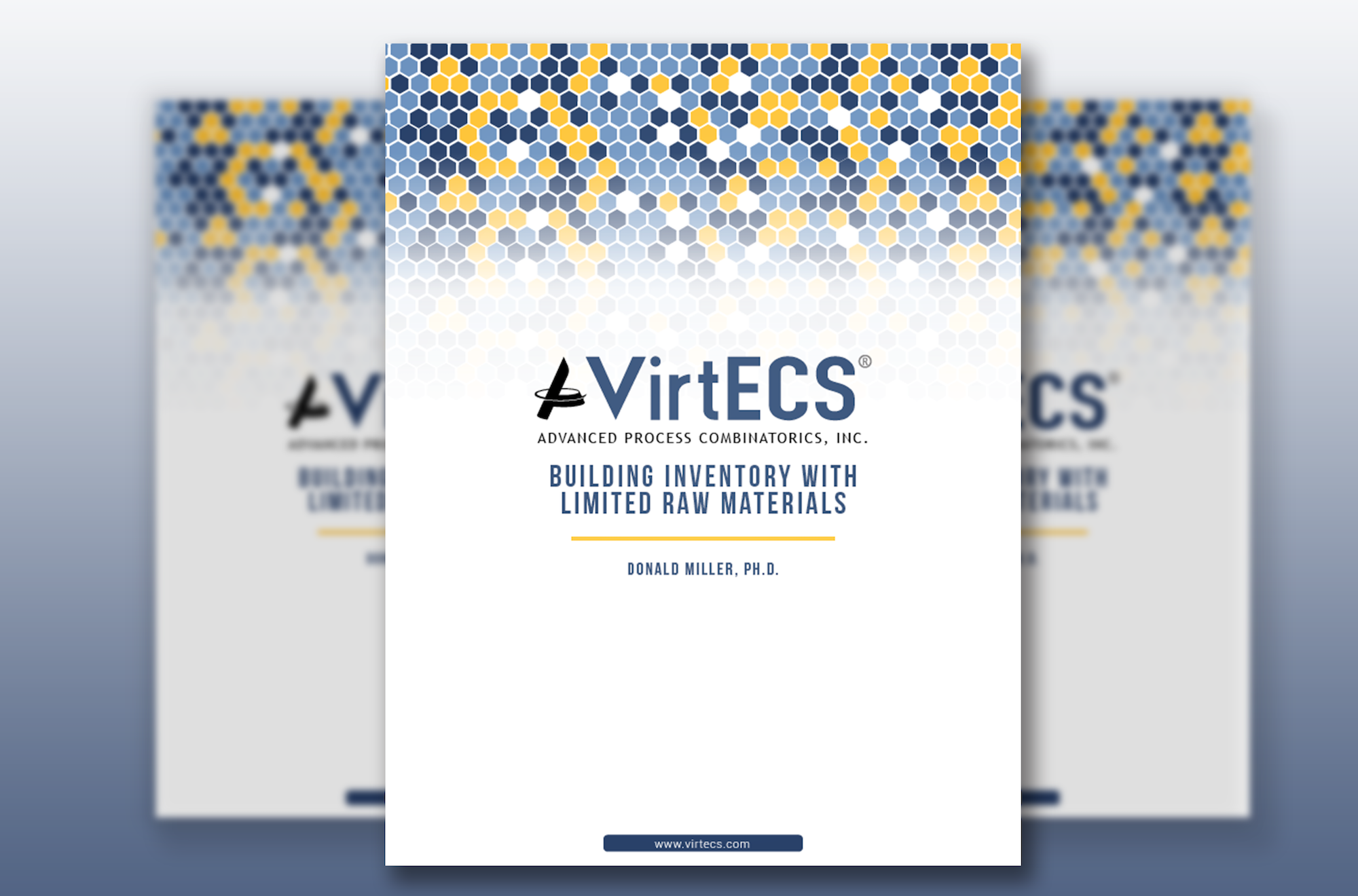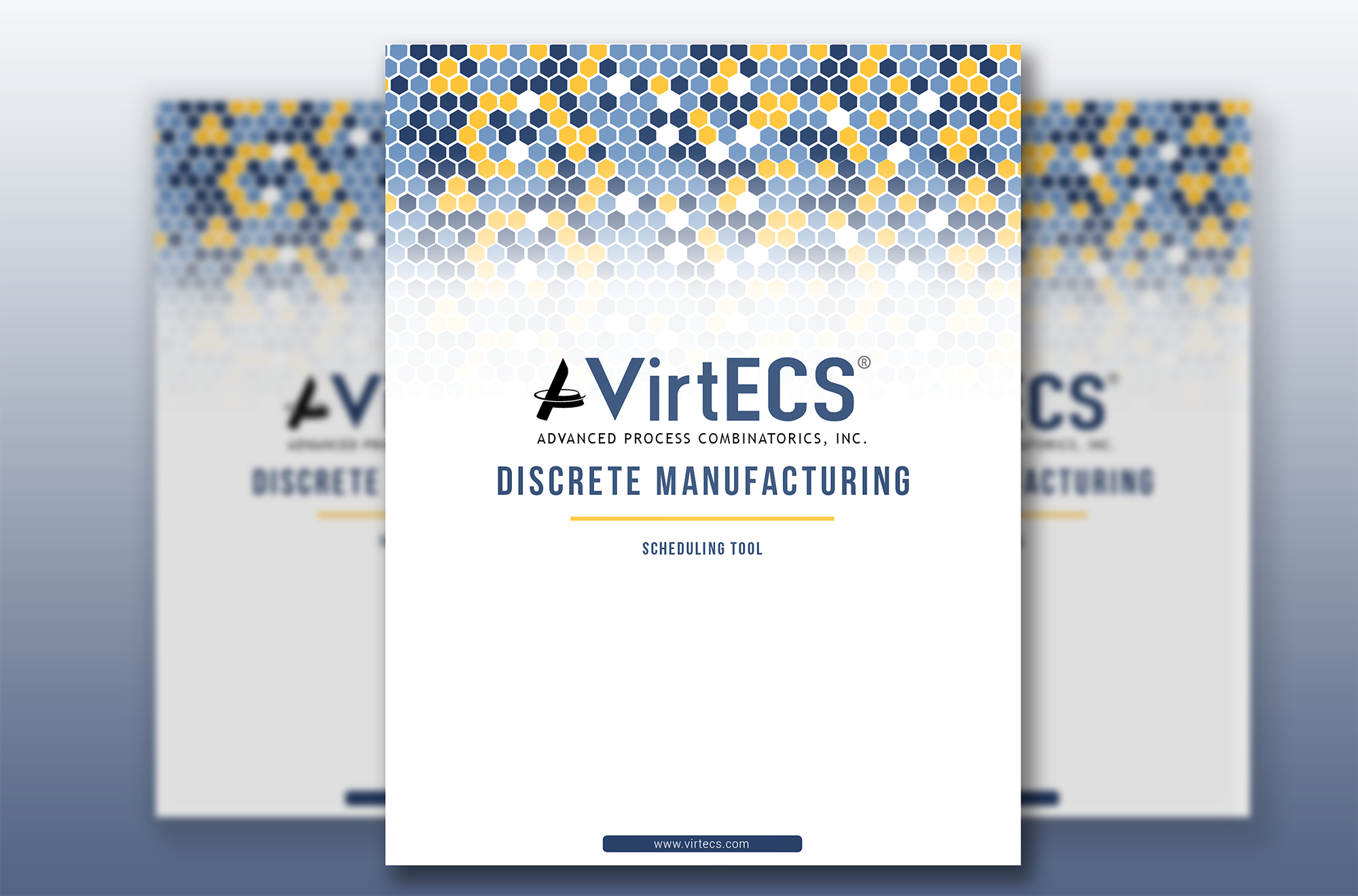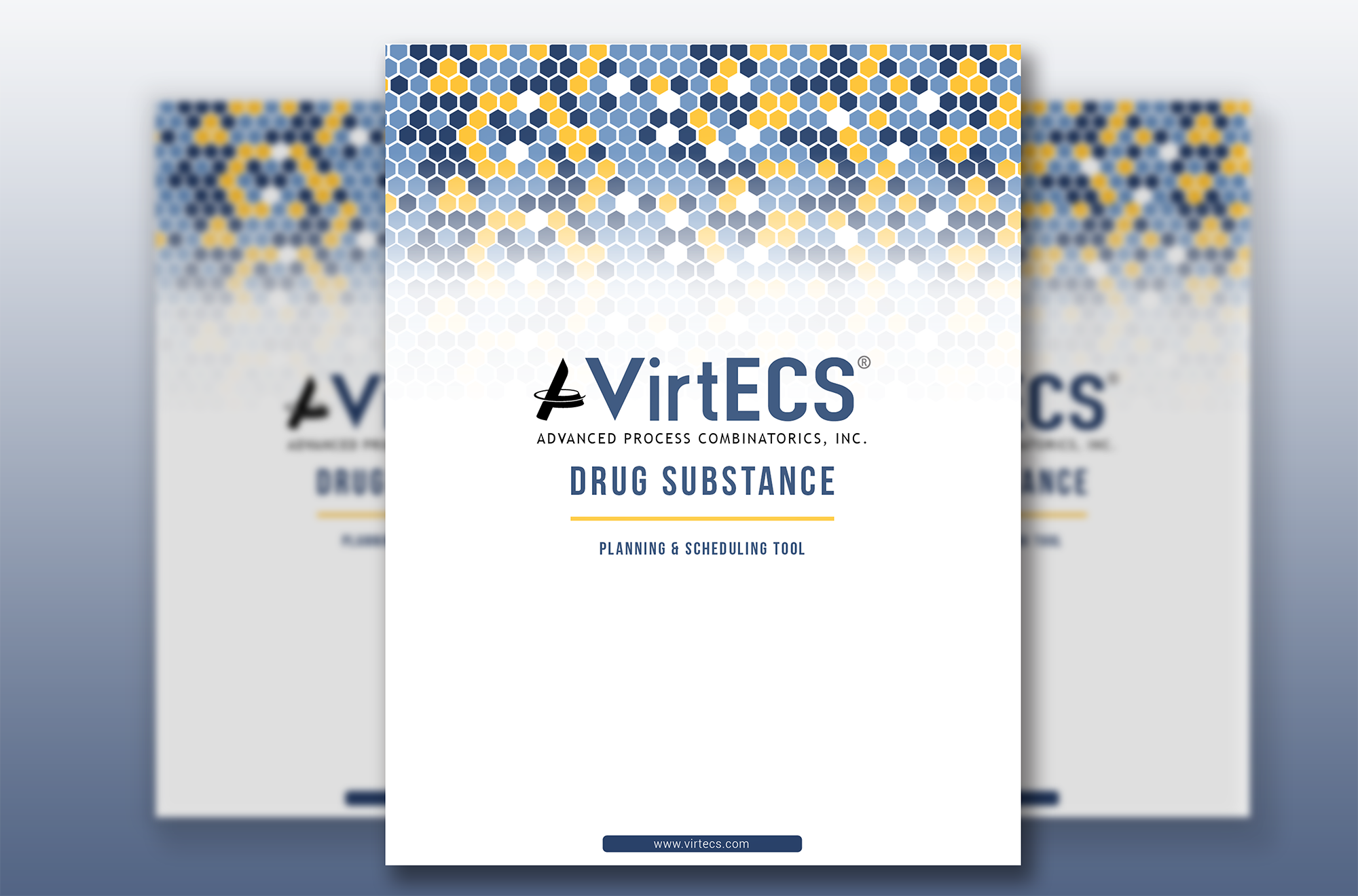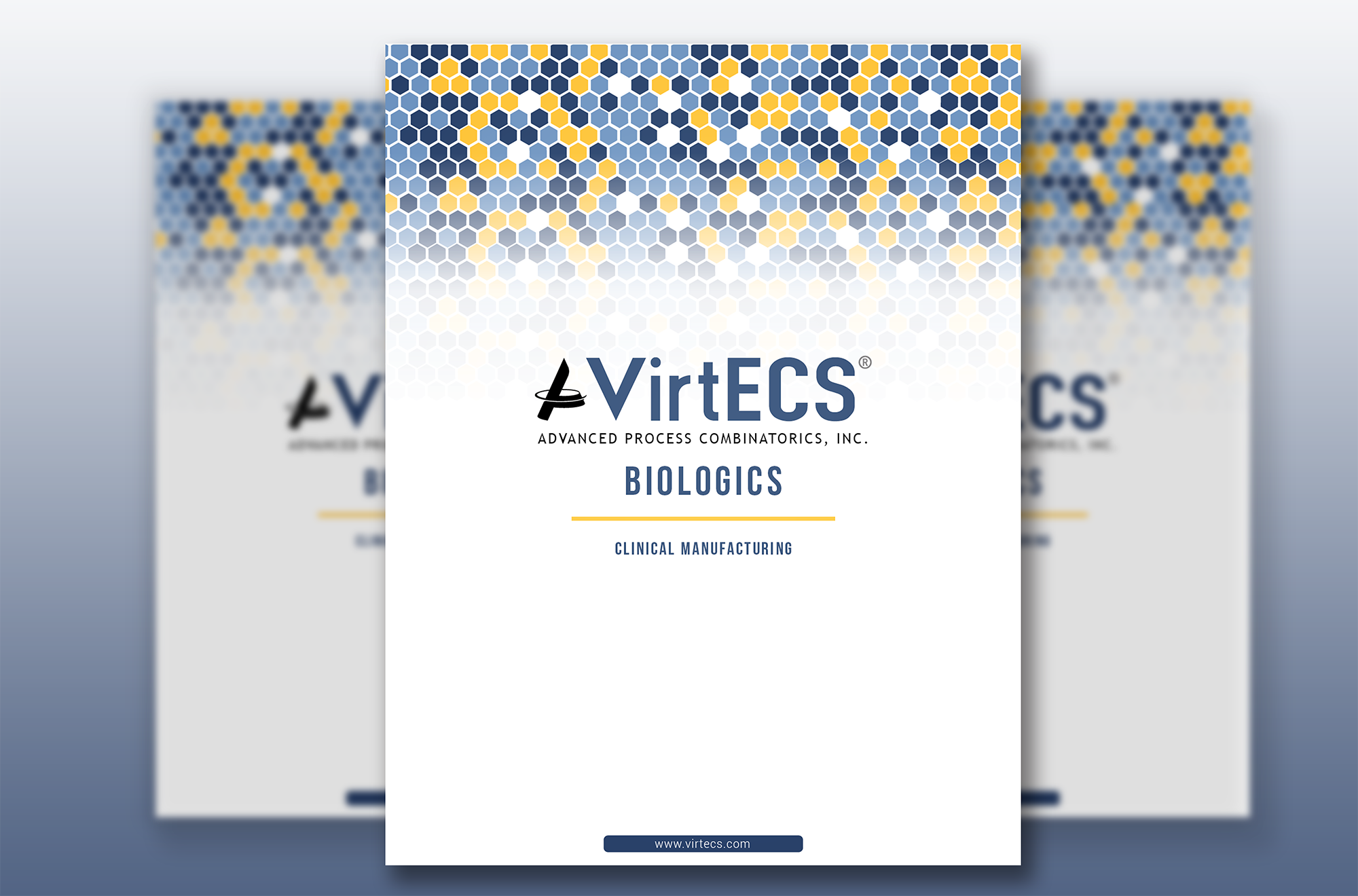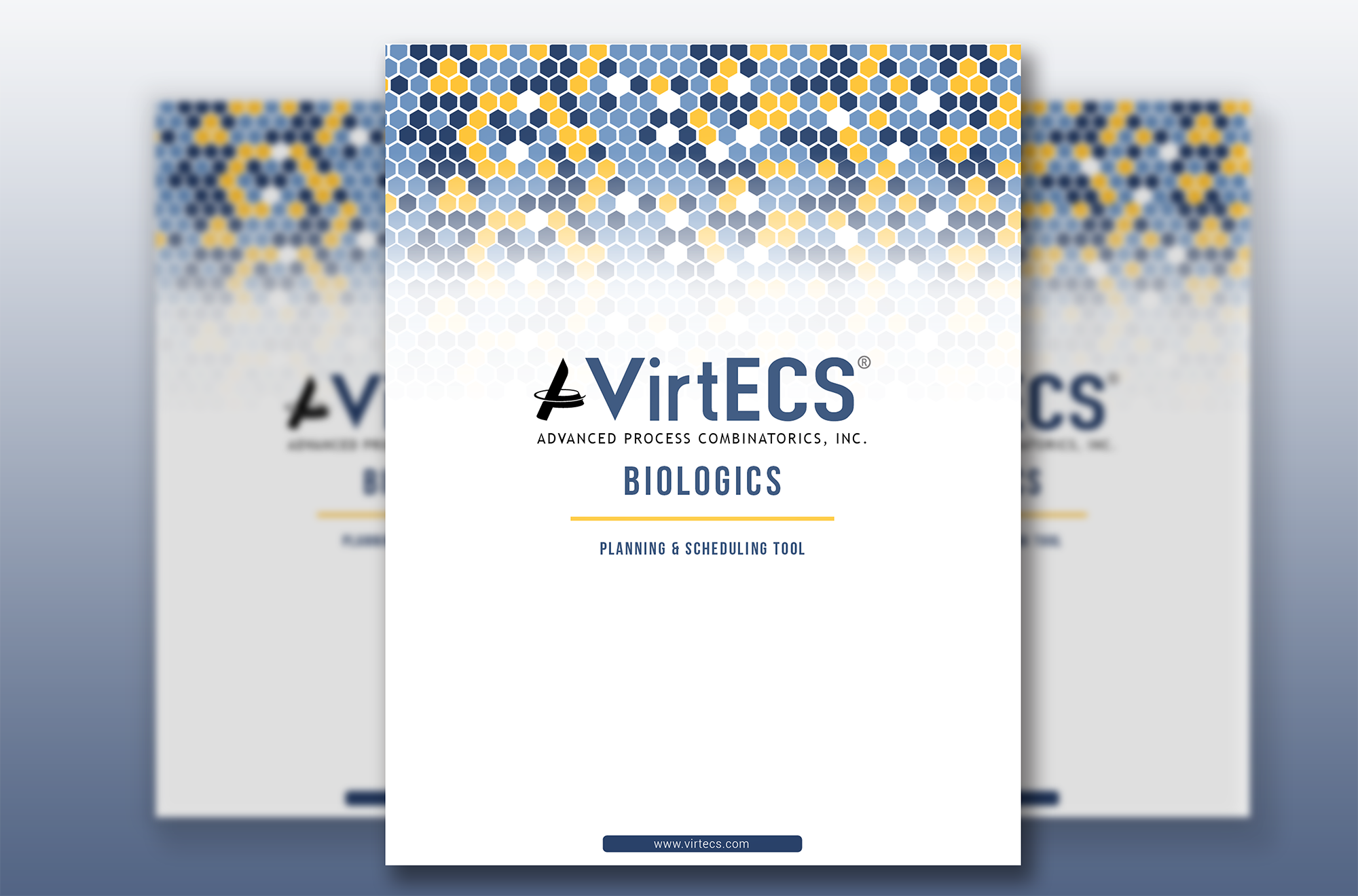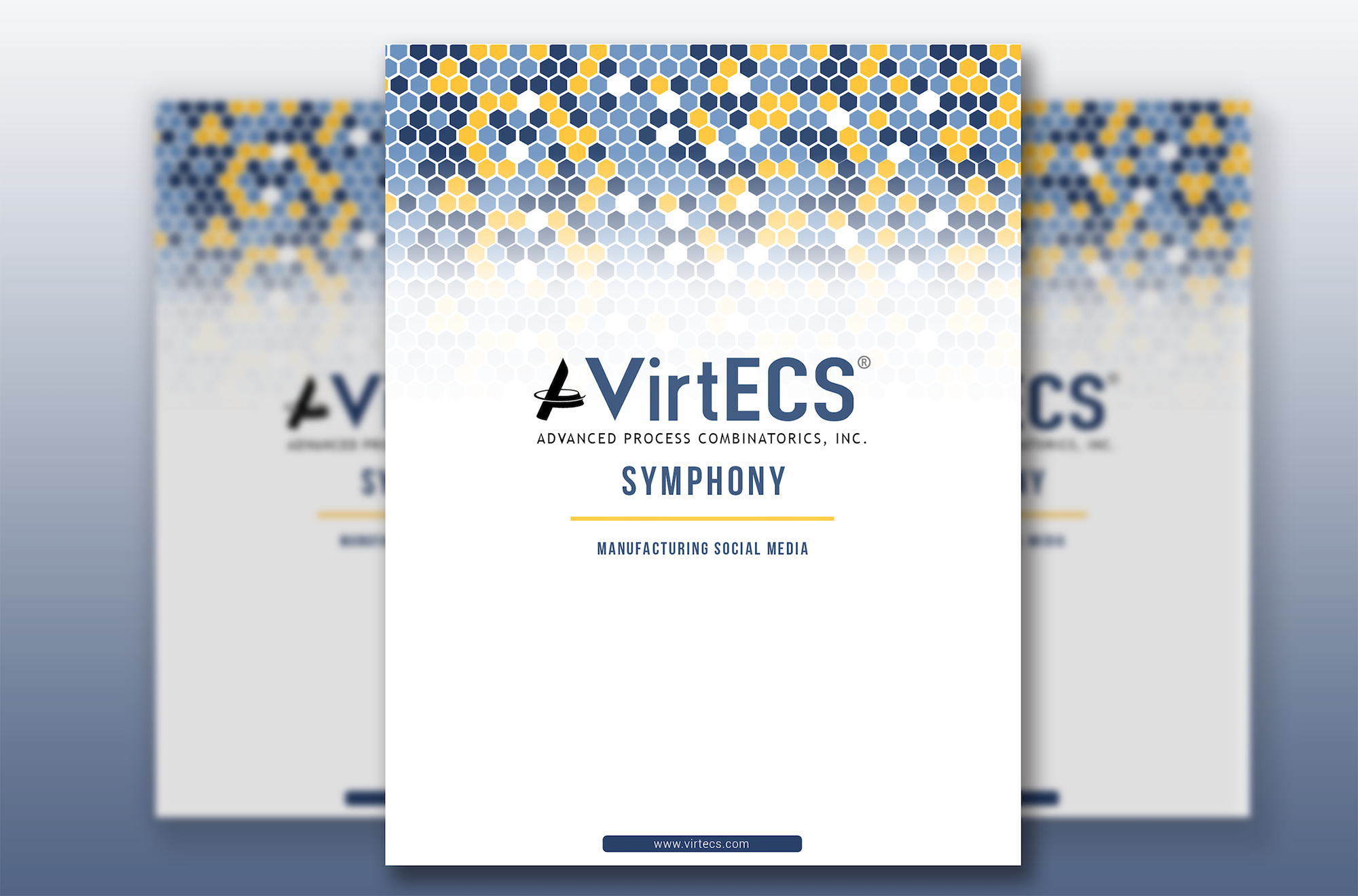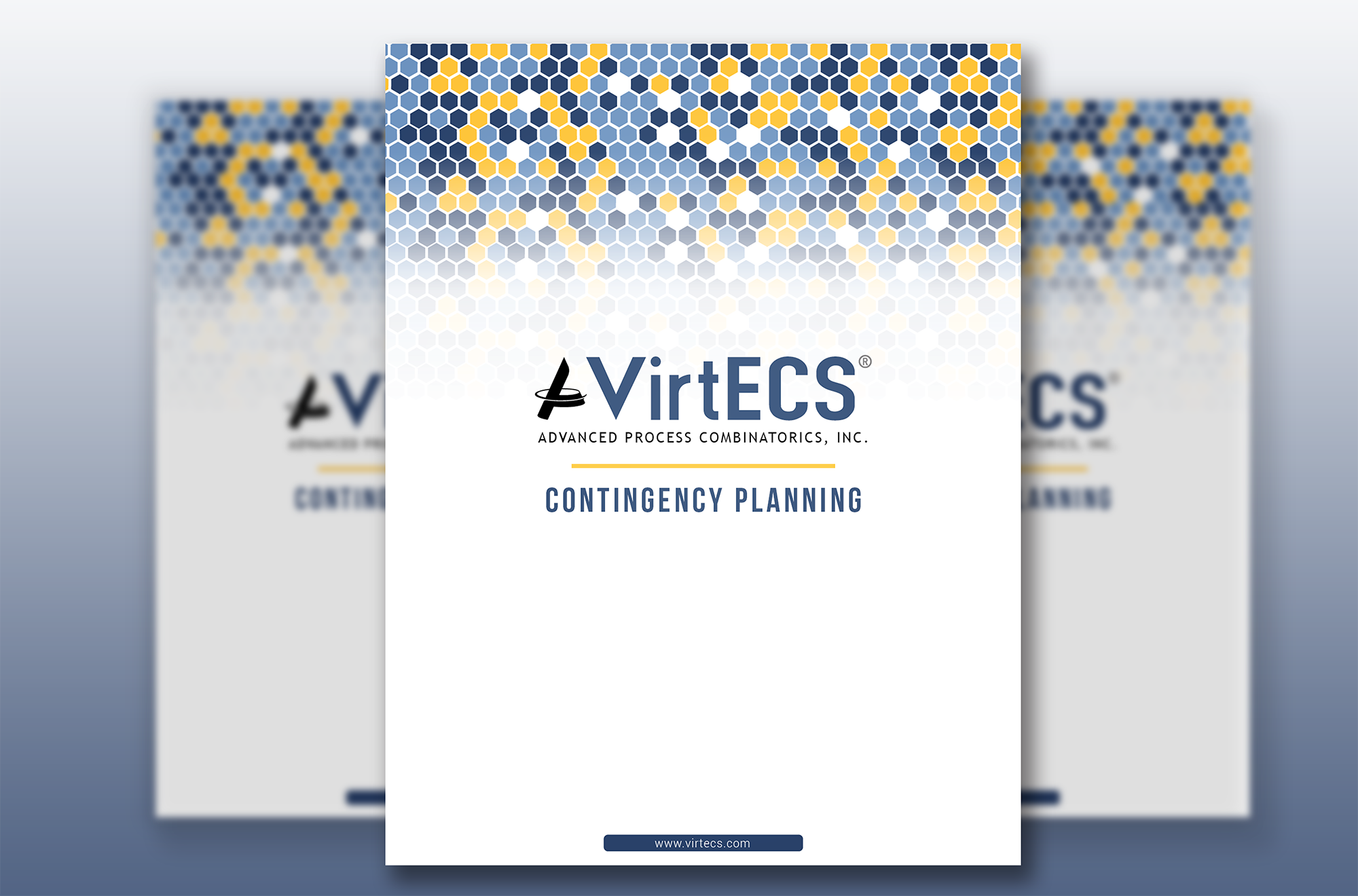After years of record growth in the industry, pharmaceutical manufacturers still aren’t slowing down. Recently, several of the world’s largest biopharmaceutical companies announced plans to invest in the expansion of some of their current manufacturing sites. In December, Pfizer committed to investing billions into their plants in Ireland, Belgium, and Michigan to expand production capacity, cold storage, and packaging. Bayer also broke ground on a $43.6 million extension of the packaging and production areas in their Myerstown, Pa. plant last month.
For some of these projects, the companies are spending as much money to expand their existing site as they would to build an entirely new facility. If they’re making such a significant investment, why choose expansion over building a brand-new site? While it may seem like a new plant would present the most advantages, adding onto a current successful site can be just as, if not more, beneficial.
An Existing Labor Base
One advantage an existing site offers over a new build is an already-skilled workforce. Though an expansion will likely require more employees, your company’s existing presence will make it easier to hire more qualified team members. The community will already be familiar with your business, and you’ll have your experienced employees on board to quickly train the new hires. When you open a new plant, you have to hire and train a completely new workforce in an unfamiliar area – a task that can be especially challenging given the manufacturing industry’s ongoing staffing shortage.
Simple Logistics
When manufacturers decide to build a new site, oftentimes their primary goal is to create more production capacity for a particular product. However, for companies trying to expand an existing product line, it can be more efficient to add an extension to a site that already produces the line. Taking this approach simplifies several logistical factors. For one, you can build upon the equipment and processes that already exist at the site, rather than replicating them from scratch in a new facility. Additionally, other precursors needed to begin production, such as storage requirements and a supply chain for raw materials, will already be in place. Adding square footage to your already-functional facility can save your company several steps and get the added production up and running more quickly.
Future Flexibility
In addition to simplifying logistics, creating one larger production site can also allow for more flexibility with the plant’s layout and potential reconfigurations. The added square footage will give you the space needed to address other, non-capacity-related improvements. With the opportunity to rearrange equipment or implement process changes, your site can produce added output and revenue, in addition to the increased capacity. If your production is split up among several smaller individual sites, each one is more limited in the space it has to reconfigure the layout.
An Extensive Database
One of the most important benefits of expanding an existing manufacturing site is the access to years of valuable data already gathered about the plant. Through the programs the site uses for operations, you could have years or decades of information regarding the most efficient or profitable ways to run production. This knowledge will help decision-makers make the best and most strategic choices about how to expand capacity in a way that maximizes the return on the investment. The data may be helpful when building a new plant, too, but there are always slightly different variables that are hard to account for in a new, separate facility.
If you aren’t able to sort through your data to make better-informed investment decisions, you may need to utilize a capacity analysis tool like VirtECS®. VirtECS® can create a virtual model of your unique plant configuration and analyze the best way for your site to add capacity or maximize throughput. For more information about how VirtECS® harnesses data to optimize your planning capabilities, download our short guide here.

